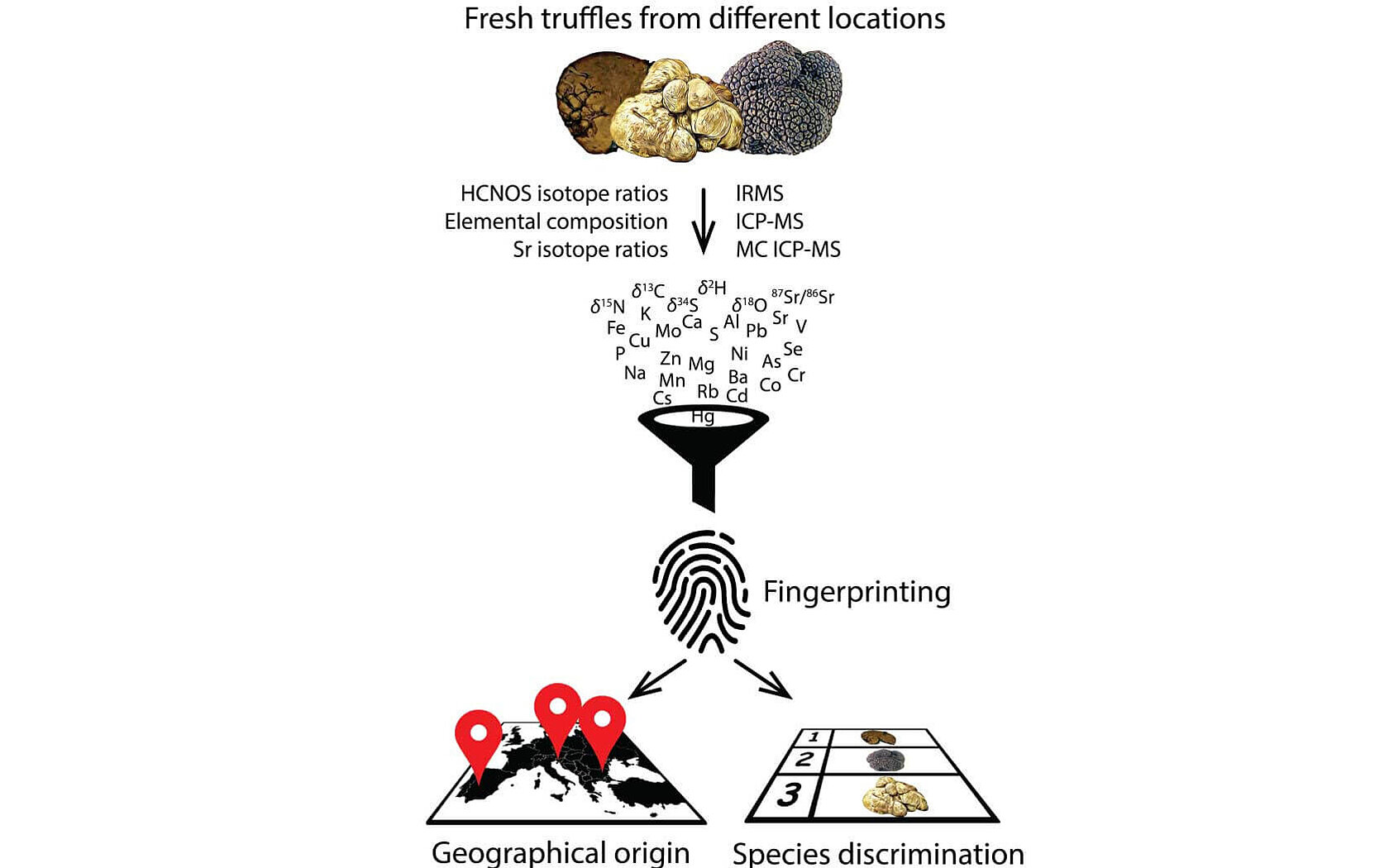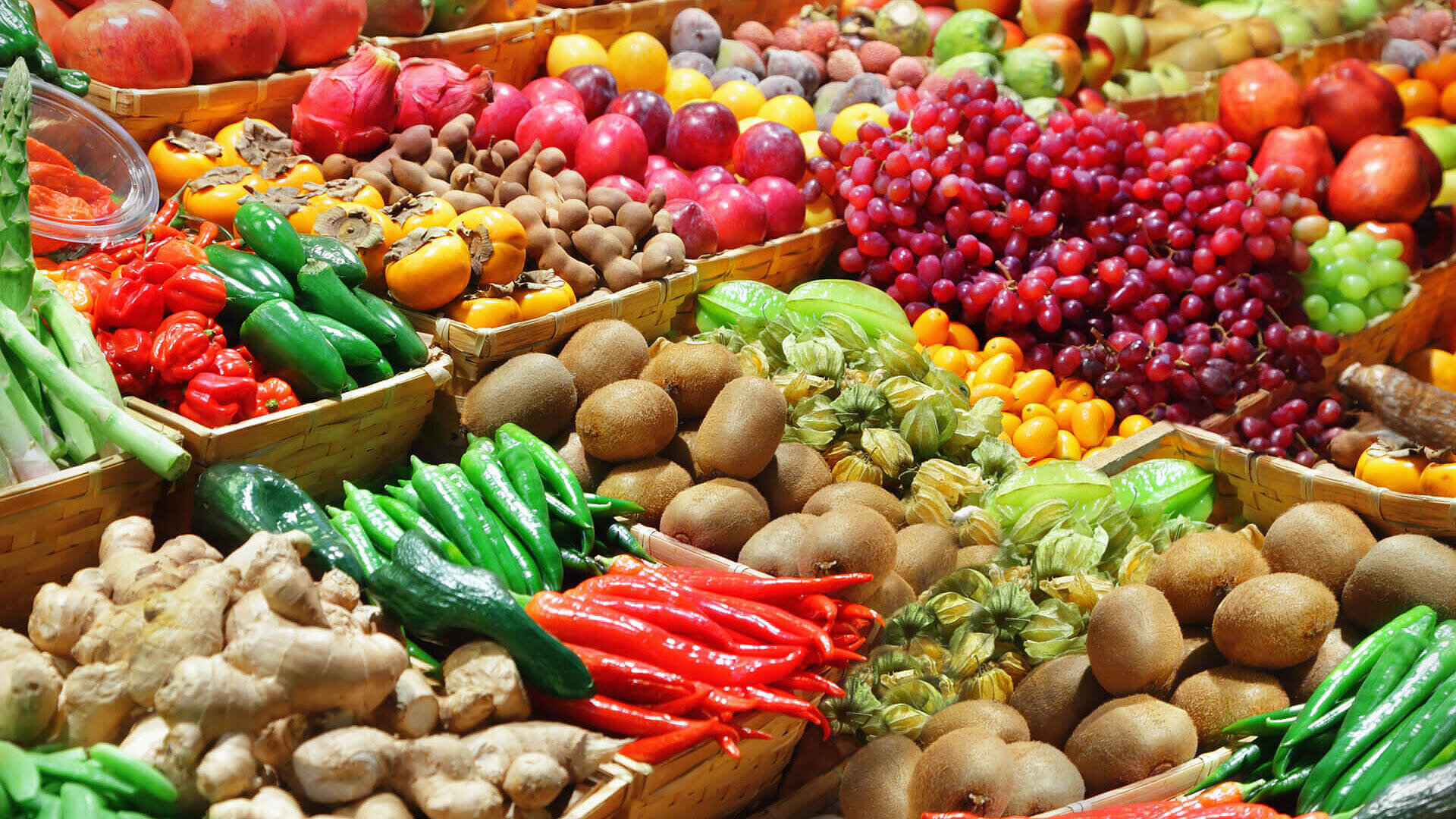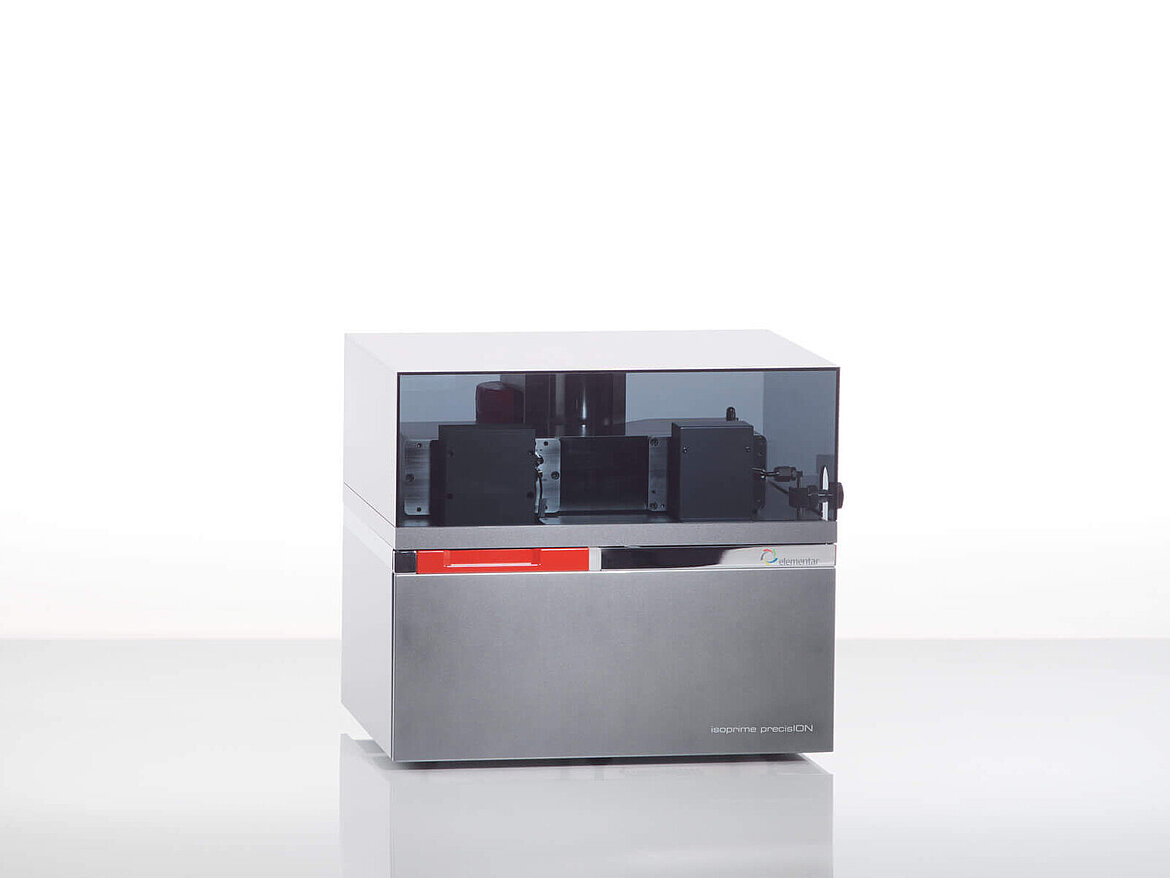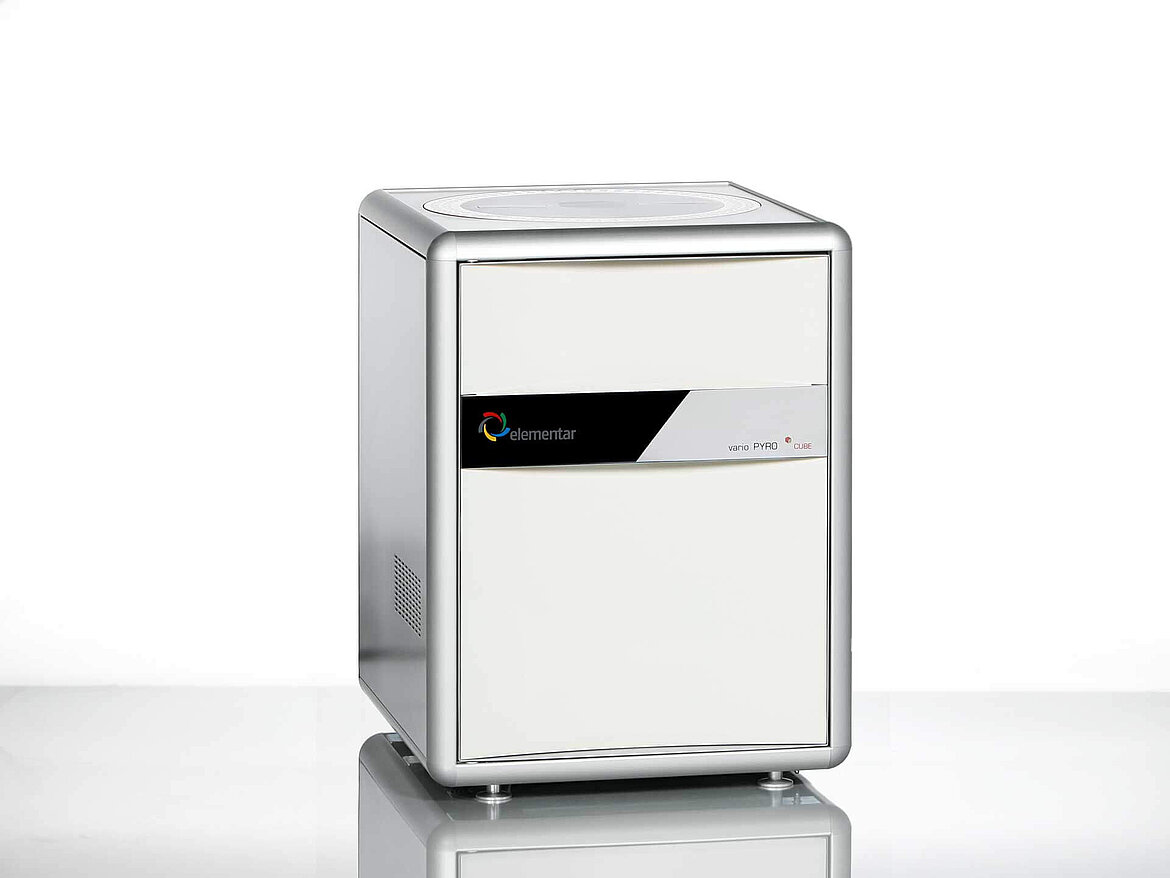Can we discover truffle’s true identity?
Staša Hamzić Gregorčič 1,2, Lidija Strojnik 1,2, Doris Potočnik 1,2, Katarina Vogel-Mikuš 3, Marta Jagodic 1,2, Federica Camin 4,5, Tea Zuliani 1,2 and Nives Ogrinc 1,2
1 Department of Environmental Sciences, Jožef Stefan Institute, Jamova 39, 1000 Ljubljana, Slovenia
2 Jožef Stefan International Postgraduate School, Jamova 39, 1000 Ljubljana, Slovenia
3 Department of Biology, Biotechnical Faculty, University of Ljubljana, Jamnikarjeva 101, 1000 Ljubljana, Slovenia
4 Department of Food Quality and Nutrition, Research and Innovation Centre, Fondazione Edmund Mach, 38010 San Michele all’Adige, Italy
5 Center Agriculture Food Environment (C3A), University of Trento, via Mach 1, 38010 San Michele all’Adige (TN), Italy
White truffles (Tuber magnatum) can cost up to € 200,000 per kilogram, arguably making them the most expensive food in the world by weight. Europe accounts for 85 % of the world export market and the most sought after truffles grow in France, Italy, Croatia, Slovenia and Hungary. Tuber magnatum, the most valuable species, is limited to Italy and the Balkan peninsula. These high value truffles are subject to several forms of adulteration such as being substituted for more common, cheaper truffle species originating from China or using the unripe fruiting bodies (ascocarps) of cheaper species in processed foods. The increase and extent of this fraud requires an urgent solution to establish clear information on country of origin and species. Stable isotopes and elemental fingerprinting is now becoming increasingly important for food authenticity, and Elementar’s range of EA-IRMS solutions are the ideal tool due to their capability to perform sequential measurement of δ13C, δ15N and δ34S of freeze dried material.
Approximately 4 mg of the sample and 4 mg of tungsten oxide were weighed into tin capsules and measured in triplicate on the vario PYRO cube® interfaced with an IsoPrime 100 isotope ratio mass spectrometer (IRMS) (legacy instrument, now isoprime precisION IRMS). Each sample was measured in triplicate and results were normalized against international reference materials. The vario PYRO cube offers the highest precision and accuracy for sequential CNS isotope analysis even for analysis of very low sulfur contents in high carbon samples. The instrument can also be operated in OH mode, enabling CNSOH isotope ratio analysis in a single instrument. The Advanced Purge and Trap (APT) technology enables excellent peak shapes and peak separation, with the measurement precision 0.1 ‰ for δ13C and 0.15 ‰ for δ15N, and 0.2 ‰ for δ34S. The critical stable isotopes for geographical origin determination were δ18O and δ13C, while the key variables for species determination included δ15N. Using both stable isotopes and elemental composition the results indicated a 77 % correct classification for determining the geographical origin and a 74 % correct classification rate to discriminate between species. The Jozef Stefan Institute hopes to expand the database created during this work and adapt the methods and approaches developed for truffles to other food products to confirm their authenticity.
Please find the full paper here: https://doi.org/10.3390/molecules25092217



